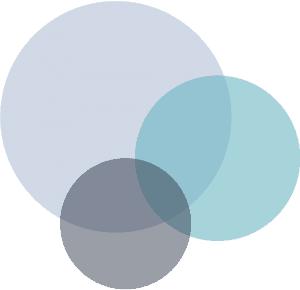Free-riding
LUMEN - Université de Lille
Free riding means to benefit from a collective good, without having incurred the costs of participating in its production. This problem was articulated analytically by Mancur Olson in 1965 in The Logic of Collective Action. Readers are referred to the item “collective action” for more information. Olson argued that individuals have little incentive to participate, given the costs that are incurred, because they will still receive the benefits of the provision of that public good. One of the defining characteristics of a public good is that nobody is excluded; once it is produced, everyone will benefit, including the free riders. However, if a sufficiently large amount of people free ride, the good will not be produced. The fundamental concern at the heart of Olson’s identification of this issue is that individually rational behavior (i.e., free riding) is likely to produce collectively irrational outcomes. A typical example of free riding is by trade unions (also see the item “collective action”). Another example is voting. It is rational for an individual voter not to vote, given the costs associated with voting and the infinitesimal chance of influencing the electoral outcome. However, if lots of people of similar opinions choose not to vote, the collective free riding may have a significant impact on the electoral outcome. For the solutions to the free riding problem, please also refer to the “public good” item. Adapted from Bevir, M. (2007).
Bevir, M. (2007). Encyclopedia of governance. Sage. Pp326 Olson, M., Jr. (1971). The logic of collective action: Public goods and the theory of groups. Cambridge, MA: Harvard University Press.
Related Publications
No publications related to this keyword.
